Using a hydrogel coated with electrospun nanofiber, a new artery graft offers safer coronary artery bypass interventions.
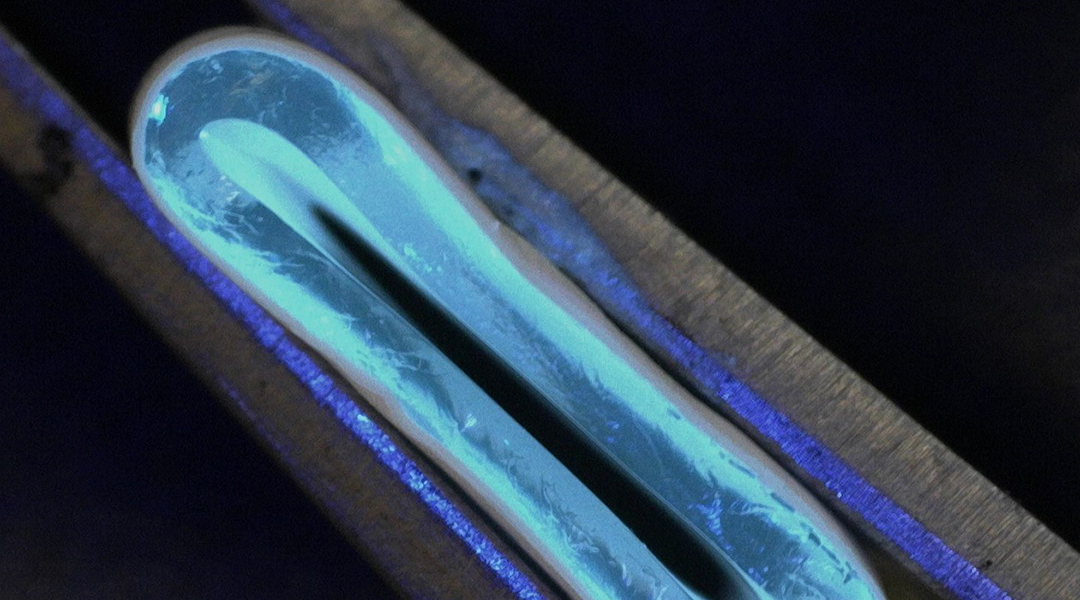

Using a hydrogel coated with electrospun nanofiber, a new artery graft offers safer coronary artery bypass interventions.
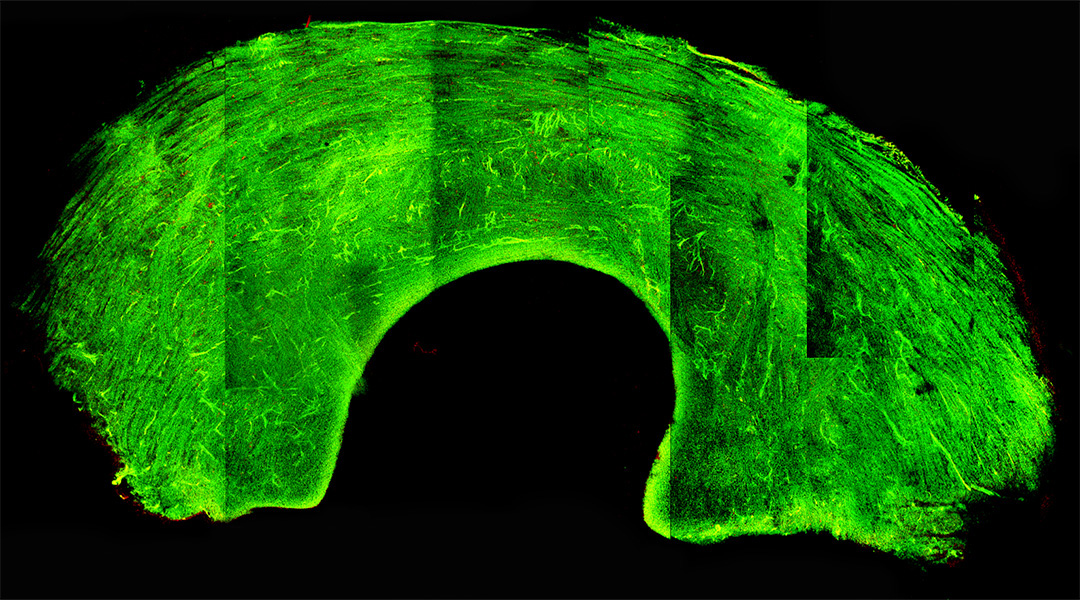
A cryopreservation technique puts graft tissue into a glass-like state, preserving cells and viability during long-term storage.
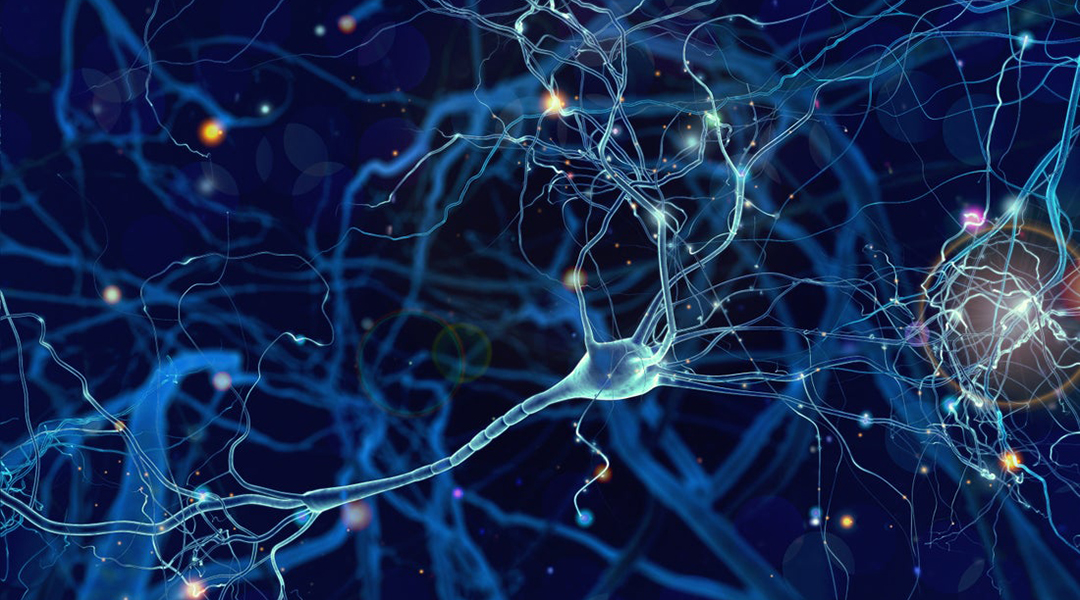
A new study provides hope for Parkinson’s disease, showing that neuron grafts using patients’ own cells have the potential to manage and even reverse symptoms.
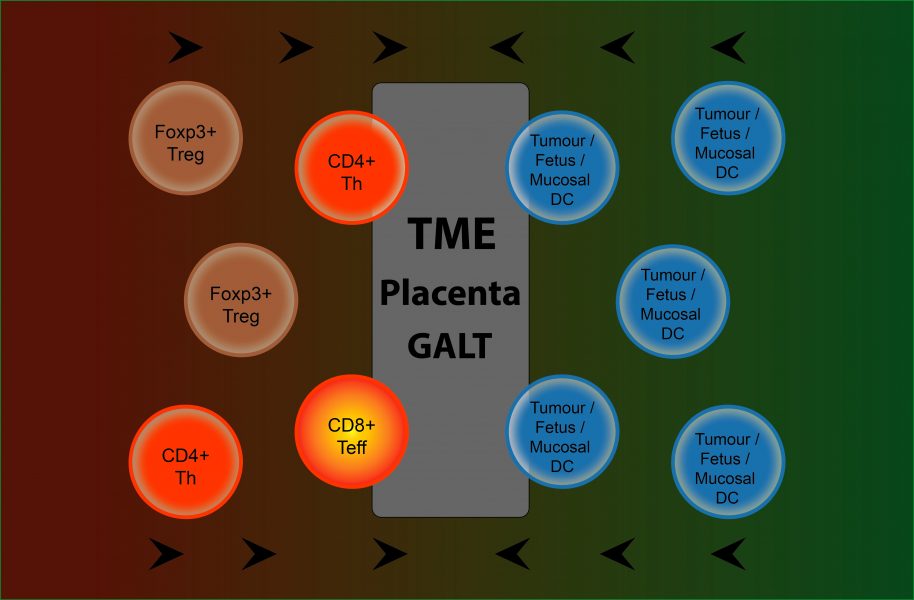
In their ‘Think again’ article published in BioEssays, Megan Barnet and colleagues discuss how insights from fetal allografts and microbes can lead to a better understanding of immune tolerance in cancer.
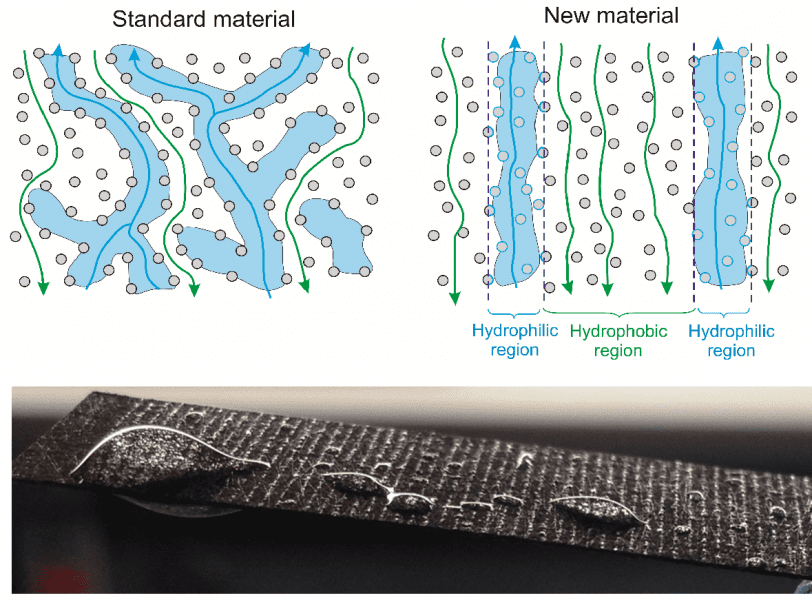
Researchers at the Paul Scherrer Institute have developed a coating technique that improves water management in fuel cells, thus raising their efficiency.
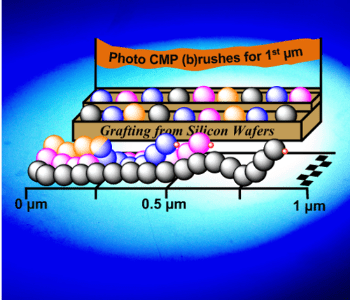
Modification of surfaces by grafting polymer chains from surface-anchored initiators opens vast opportunities to engineer surface properties of materials.
A Montreal-based research group have developed aligned electrospun PET nanofiber mats that mimic the media layer of arteries.
Researchers develop a new approach to create a homogeneous carbon coating on the surface of titanium dioxide nanoparticles for use in lithium ion batteries.
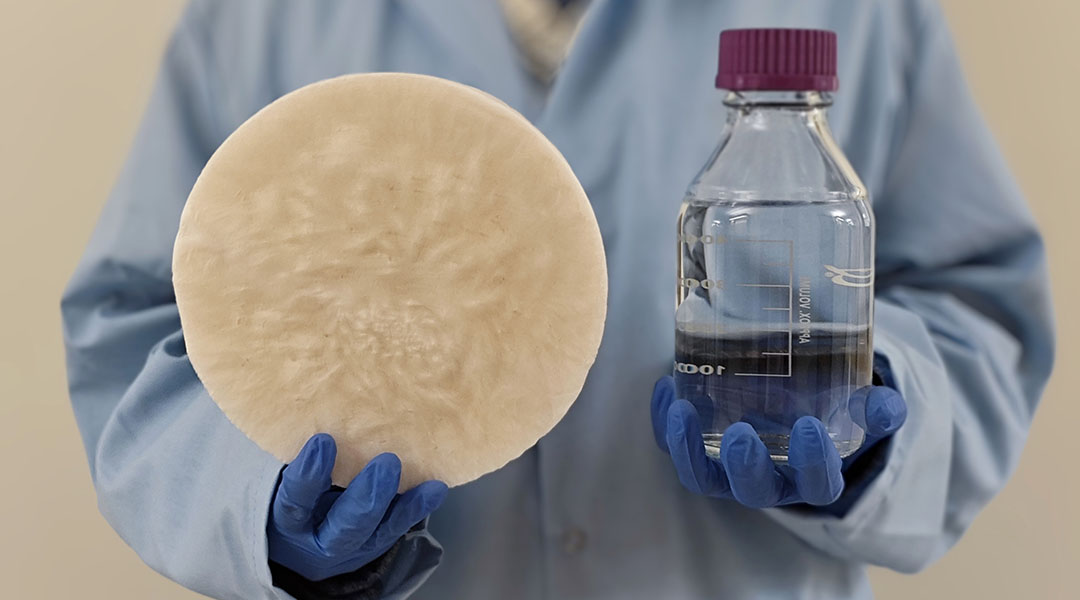
A new hydrogel extracts water from the air, offering a sustainable alternative to bottled water and addressing global water shortages.
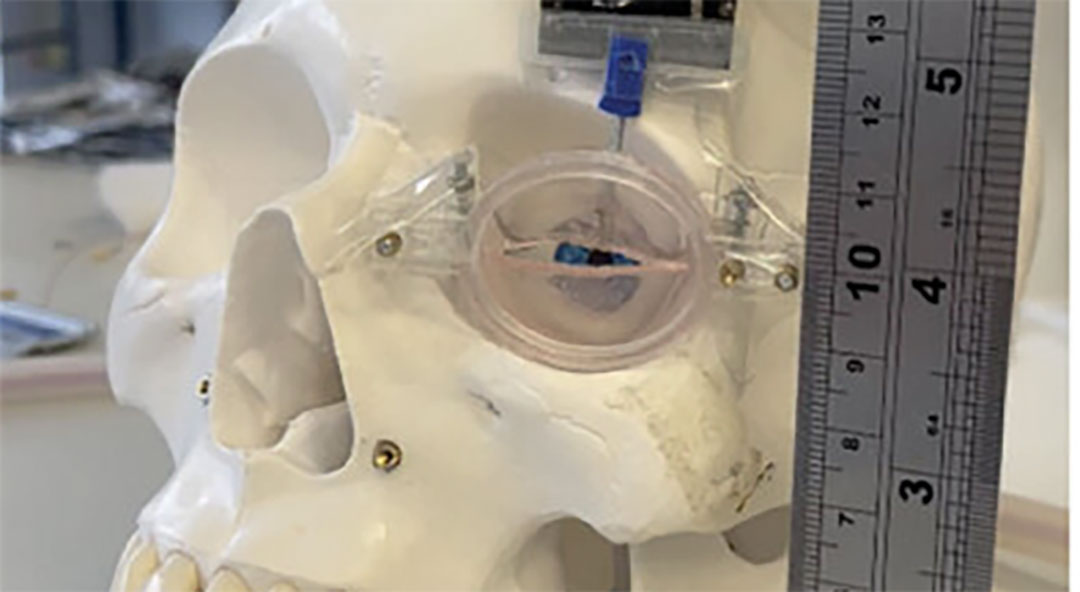
A soft implant could avoid multiple surgeries and long waiting times while improving the living conditions of facial paralysis sufferers.